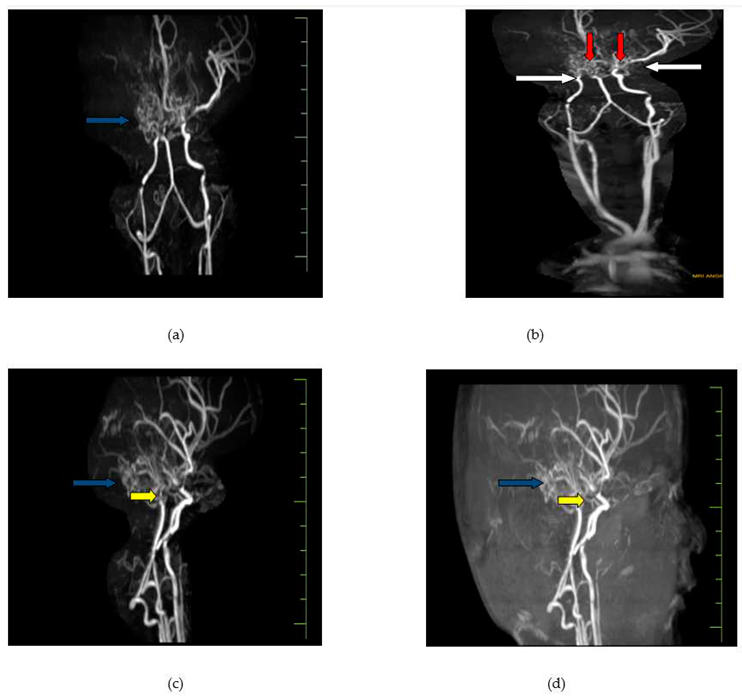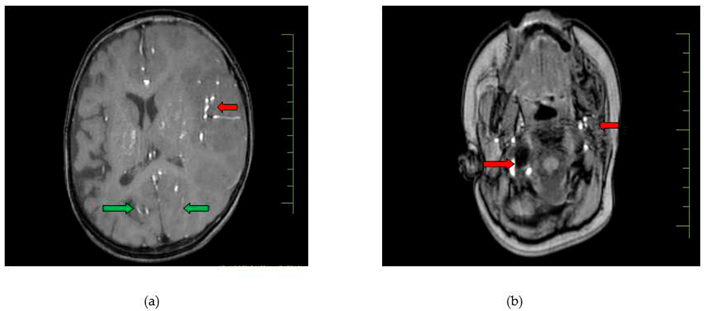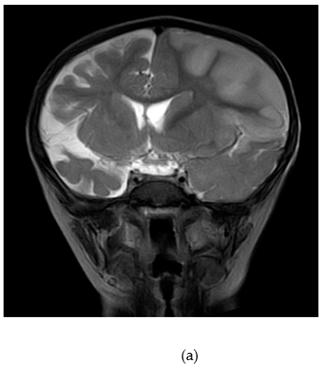Submitted:
21 August 2023
Posted:
23 August 2023
You are already at the latest version
Abstract
Keywords:



Author Contributions
Funding
Institutional Review Board Statement
Informed Consent Statement
Conflicts of Interest
References
- Alaa Montaser; Smith, E. R. Moyamoya Disease.
- Bodanza, V.; Anglani, M.; Zucchetta, P.; Causin, F.; Bui, F.; Sartori, S.; Manara, R.; Cecchin, D. “Puff of Smoke”: An MR/PET Case of Moyamoya (もやもや) Disease.
- Ihara, M.; Yamamoto, Y.; Hattori, Y.; Liu, W.; Kobayashi, H.; Ishiyama, H.; Yoshimoto, T.; Miyawaki, S.; Clausen, T.; Bang, O. Y.; Steinberg, G. K.; Tournier-Lasserve, E.; Koizumi, A. Moyamoya Disease: Diagnosis and Interventions. The Lancet Neurology 2022, 21 (8), 747. [CrossRef]
- Zhang, X.; Xiao, W.; Zhang, Q.; Xia, D.; Gao, P.; Su, J.; Yang, H.; Gao, X.; Ni, W.; Lei, Y.; Gu, Y. Progression in Moyamoya Disease: Clinical Features, NeuroimagingEvaluation, and Treatment. CN 2022, 20 (2), 292. [CrossRef]
- Malakar, S.; Datta, A. K.; Chakraborty, U.; Chaudhury, J.; Kumar, S.; Chandra, A.; Ray, B. K. Moyamoya Disease: A Spectrum of Clinical and Radiological Findings in a Series of Eight Paediatric Patients. Acta Neurol Belg 2021, 121 (5), 1165. [CrossRef]
- Weill, C.; Suissa, L.; Darcourt, J.; Mahagne, M.-H. The Pathophysiology of Watershed Infarction: A Three-Dimensional Time-of-Flight Magnetic Resonance Angiography Study. Journal of Stroke and Cerebrovascular Diseases 2017, 26 (9), 1966. [CrossRef]
Disclaimer/Publisher’s Note: The statements, opinions and data contained in all publications are solely those of the individual author(s) and contributor(s) and not of MDPI and/or the editor(s). MDPI and/or the editor(s) disclaim responsibility for any injury to people or property resulting from any ideas, methods, instructions or products referred to in the content. |
© 2023 by the authors. Licensee MDPI, Basel, Switzerland. This article is an open access article distributed under the terms and conditions of the Creative Commons Attribution (CC BY) license (http://creativecommons.org/licenses/by/4.0/).



